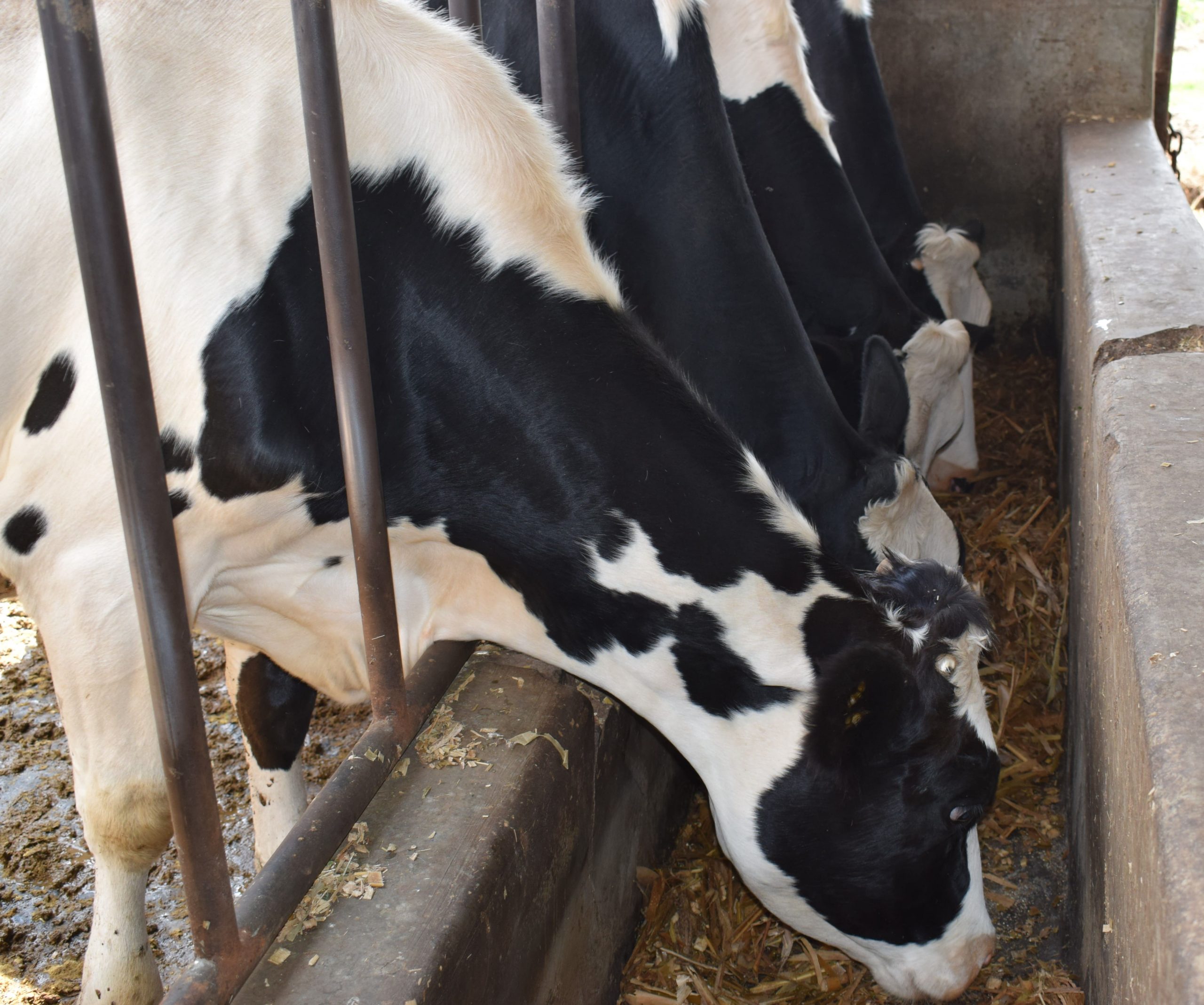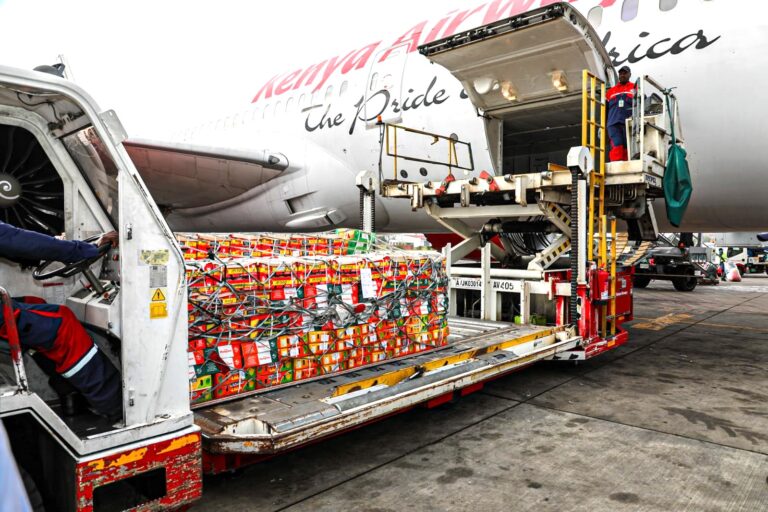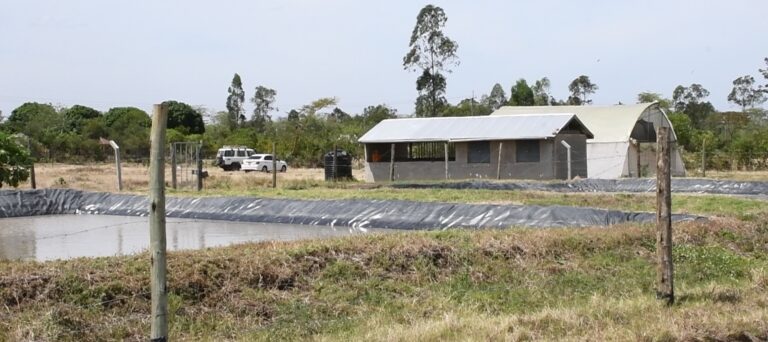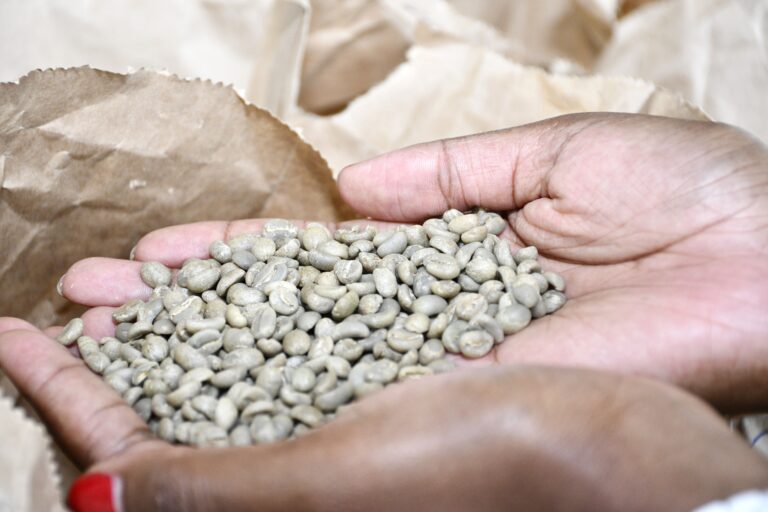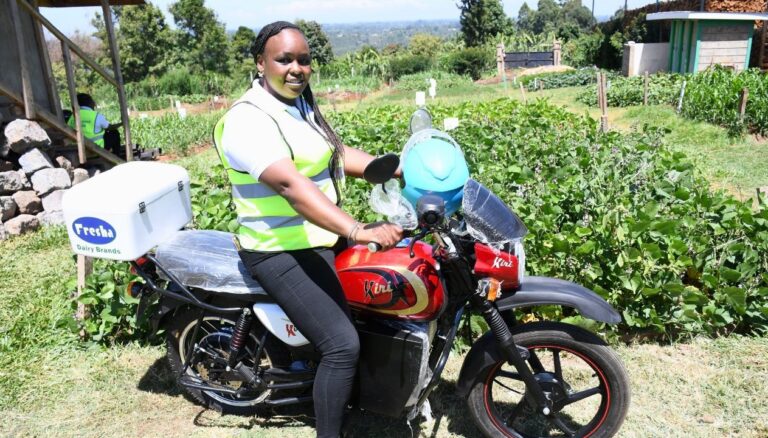By Kimuri Mwangi
There have been concerns regarding the quality and high animal feed prices in Kenya, which undermine livestock producers and lead to high food prices. This has seen some farmers exit dairy and poultry farming. Animal feed companies give all manner of excuses, from high government taxes to unavailability of locally grown raw materials.
However, competition concerns have been raised as the animal feed market in Kenya appears to be concentrated, with a small group of producers accounting for the majority of the supply, alongside numerous small feed producers.
Kenya’s livestock industry is under pressure due to rising animal feed prices driven by concentrated market structures, high input costs, and limited competition in both local and regional markets, according to a new report by the Competition Authority of Kenya (CAK).
The Animal Feed Market Inquiry Report, 2024, highlights serious concerns about market dynamics that have led to sustained high feed prices, posing significant threats to livestock production, food affordability, and economic growth.
The Inquiry reveals that Kenya’s commercial feed market is highly concentrated, with a few dominant players controlling much of the supply. Specifically, the largest four feed suppliers account for over 50% of commercial feed sales nationally. In poultry and dairy feed segments, the top four producers dominate around 75% of supply.
Such market concentration, especially in oligopolistic conditions with relatively homogenous products, raises the risk of anti-competitive practices, including coordinated pricing, market division, and margin squeezing.
An oligopolistic market is one dominated by a small number of firms, allowing them to exert significant influence over prices and output. This market structure is characterized by high barriers to entry, interdependence between firms, and potential for both competition and cooperation.
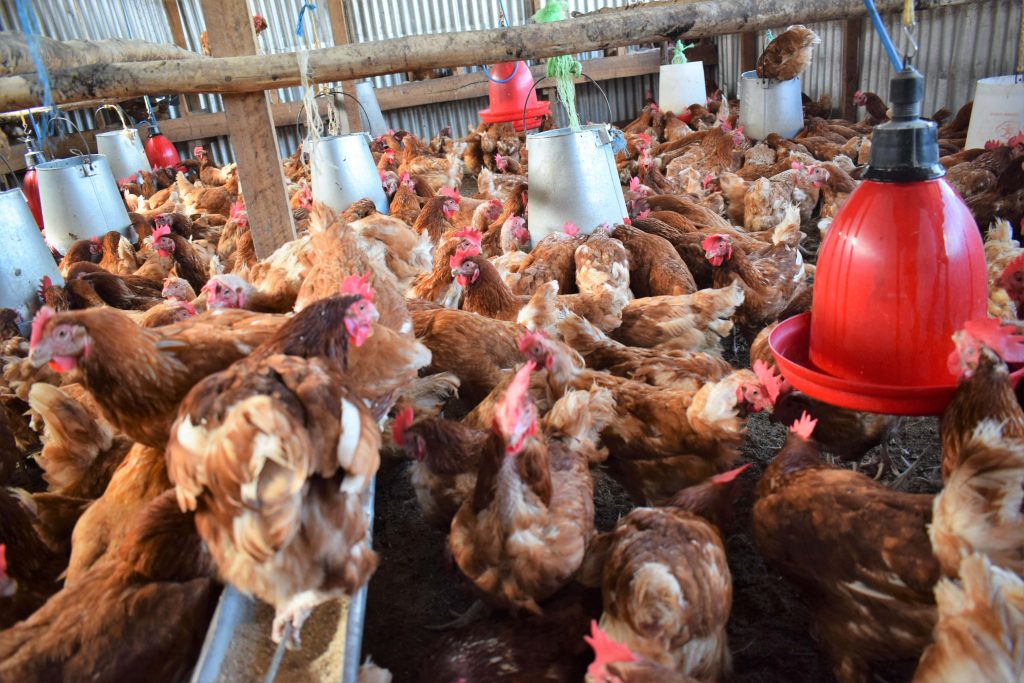
Homogeneous products, in economics, refer to goods that are identical and indistinguishable from each other, regardless of the seller. These products are considered perfect substitutes, meaning consumers don’t have a preference for one over another based on any specific characteristics. Examples include commodities like cement, steel, and basic agricultural products like animal feeds.
Several small feed producers in Kenya exited the market in 2022, primarily due to unaffordable input costs. These exits, according to the CAK, weaken competitive pressure and reduce consumer choice, further enabling dominant firms to maintain elevated prices.
Feed producers in Kenya depend heavily on imported raw materials. Maize and its by-products are sourced locally, but key protein inputs like soybean meal and sunflower cake are largely imported from Zambia, Malawi, Uganda, and Tanzania.
These input markets are also highly concentrated. The report notes that four regional company groupings dominate soy and sunflower processing across East and Southern Africa, allowing them significant control over pricing.
“Despite inputs to animal feed being abundantly available in the region, feed prices have been extremely high,” the Inquiry observes. “Feed prices have been much higher than would be expected in well-functioning markets with effective competition.”
Additionally, the report uncovers evidence of differential pricing where Kenyan feed producers pay more for inputs compared to buyers in countries like South Africa. This price discrimination, coupled with opaque broker-driven supply chains, raises suspicions of coordinated conduct by regional suppliers.
High feed costs directly affect the cost of livestock products. Poultry, eggs, milk, fish, and beef prices rise as producers pass on the burden of expensive feed to consumers. For instance, prices of poultry feeds like broiler finisher pellets and layer mash surged by over 30% between mid-2021 and mid-2022, driven primarily by increased input costs.
CAK’s analysis suggests that more competitive regional input markets could have saved Kenyan poultry feed producers over KShs. 3 billion annually. These savings could have translated into lower food prices, greater employment, and a more vibrant livestock sector.
The report identifies structural and strategic barriers that hinder entry and growth of smaller feed manufacturers. These include difficulty accessing low-cost inputs, limited market reach due to lack of distribution networks and county-level taxes that fragment the domestic market and increase transaction costs.
Some big animal feed companies also own or control the businesses that supply raw materials or breeding animals. This gives them more power and makes it easier for them to set prices in ways that might be unfair to smaller competitors.
To restore competition and promote growth, the CAK recommends the following
- Repositioning the animal feed industry in Kenya to realize its potential for rapid growth to meet demand, and create value and employment, would mean addressing a combination of factors.
- There needs to be improvement in cross-border markets and consistent regulations to ensure competitively priced inputs and also facilitate trade across COMESA and EAC.
- Within Kenya, the fragmented markets due to county taxes and impediments to the free flow of goods must be addressed. These taxes impose a wedge within Kenya between the prices received by producers of inputs and the prices paid by animal feed companies. The prices charged to animal feed customers are further increased, especially where customers are located in different counties far away from the main production locations.
- The Authority should continue to monitor the animal feed markets, including in collaboration with government and regional bodies, to assess whether feed prices in Kenya diverge or converge with international feed prices. Further, the Authority should take appropriate action and intervene in markets where there is a likelihood that concerns about market conduct are uncompetitive. Kenya Agricultural Market Information System (KAMIS) may include soymeal and animal feeds in the basket of products being monitored in Kenya.
The CAK’s findings signal a wake-up call for policymakers, regulators, and industry players. With growing demand for affordable animal protein in Kenya, the sustainability and competitiveness of the animal feed sector are crucial. Without urgent reforms, the cycle of high feed costs and rising food prices may continue to erode the resilience of Kenya’s agricultural economy.
“Ensuring regional markets are working well is essential for growth and job creation in animal feed and livestock production in Kenya and for competitive food prices,” the report opines.


